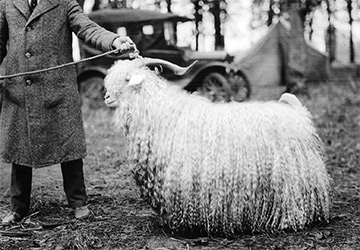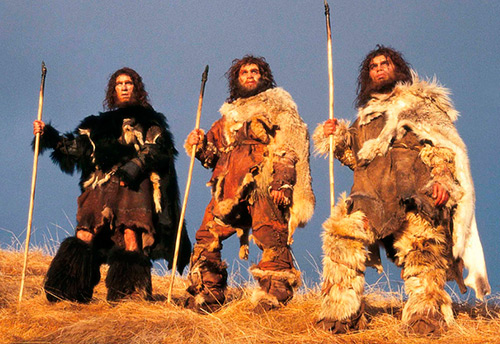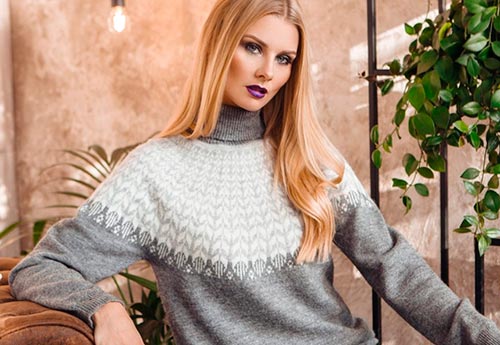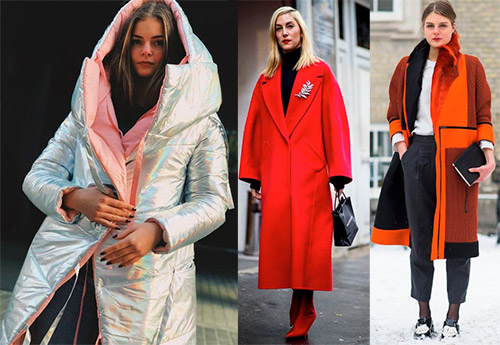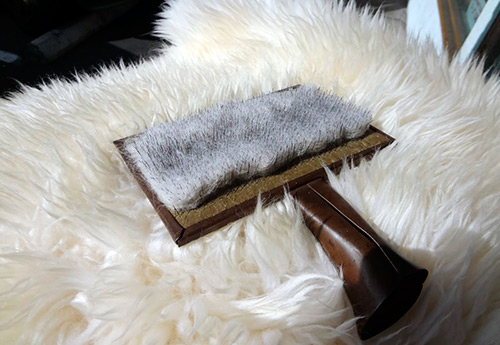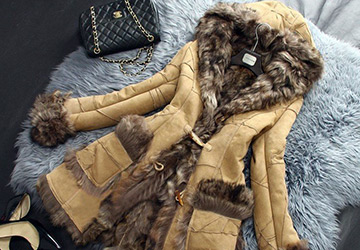Materials Science
Luxurious alpaca wool
Alpaca is a very cute animal that lives in the Peruvian Andes. Today there are two types of animals: Alpaca Huacaya - the most common species, similar to a small fluffy bear and Alpaca Suri. The latter species is more rare. Its wool is considered to be of the highest quality and therefore valuable.
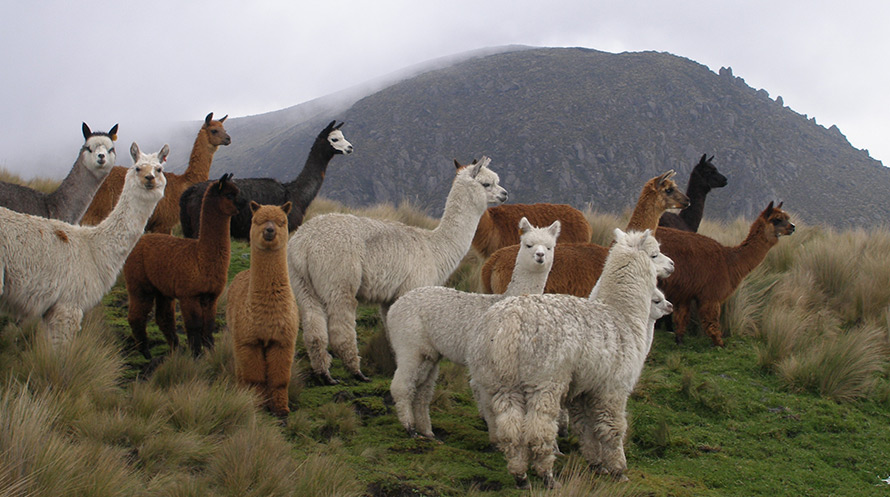
Many thousands of years ago, these animals were domesticated by the inhabitants of the South American Andes. The ancient Incas were able to appreciate wool these animals for their unique properties and noble color. This wool was even their local currency.
Alpaca wool among the Incas was worn only by tall persons. But the new inhabitants of South America, the Spaniards who came from Europe, brought sheep with them, and the alpaca was immediately underestimated. And only after almost four centuries the former popularity of the alpaca returned. Since the 80s of the last century, they have become seriously interested in animals. Peru is the largest supplier of alpaca wool today.
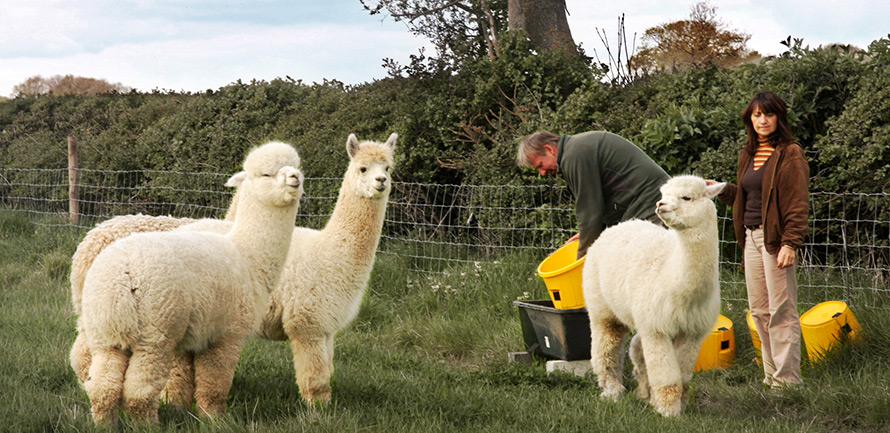
Alpaca with its appearance resembles a llama, alpaca wool is one of the most expensive. Alpaca wool, which has unique properties, is used to produce fabric. Alpaca combines the best properties of wool from llamas and camels. Luxurious alpaca fabric is soft and warm. It has 22 natural shades - from pure white to black. Therefore, wool is most often not dyed.
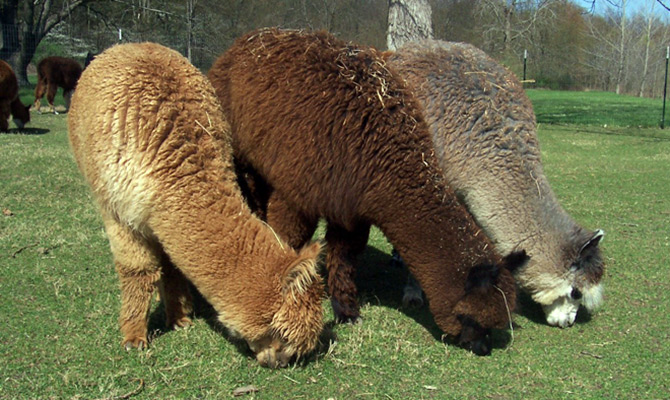
Compared to sheep wool, then alpaca fibers are stronger and warmer, so this unique wool is durable, and in addition, it is extremely lightweight. Since alpaca wool is soft and smooth, it does not cause discomfort when it comes into contact with the body. Due to the listed properties, alpaca fabrics have antiseptic properties and do not cause allergic reactions, and do not wrinkle or stretch.
Many woolen fabrics are prone to felting and rolling, but alpaca products are devoid of these drawbacks, moreover, they are resistant to pollution. Alpaca protects not only from cold, but also from heat - this is also its uniqueness. It is not hot in alpaca products in summer, and not cold in winter.
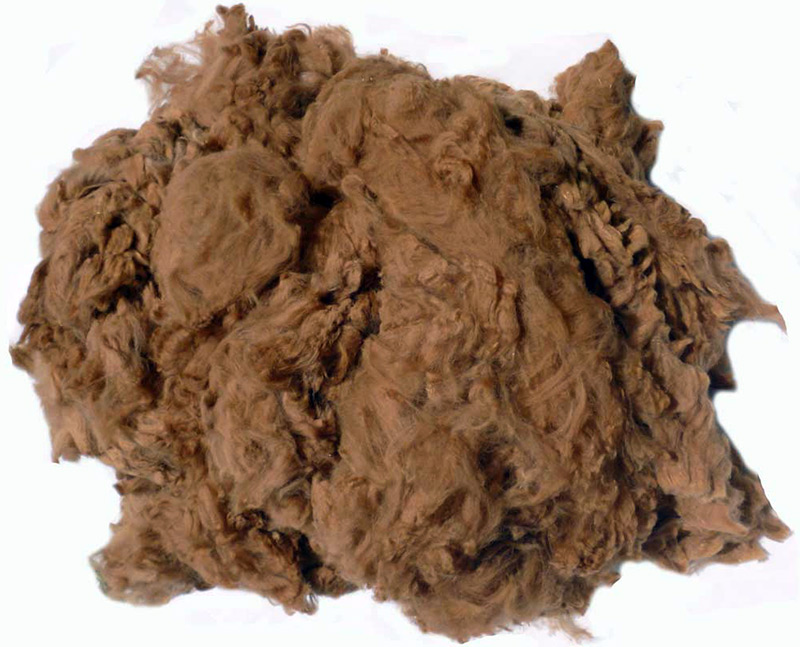
Today, alpacas are bred for the purpose of obtaining wool, which is sheared from animals once every two years. An adult animal produces up to three kilograms of high-quality wool for one haircut. The sorting process is done by hand, so the wool is of unrivaled quality. After sorting, dirt, sand, etc. are removed from the fibers. Next, spinning begins, after which the material is thoroughly washed, removing the remaining dirt and grease. After all stages of processing, the wool can be dyed if necessary.
Alpaca products
Socks
Scarves, caps, hats
Coats, jackets, jackets, sweaters;
Blankets, blankets, carpets, fabrics
Alpaca wool fiber can also be used for self-knitting of the same products, it all depends on the craftswoman-needlewoman.
Fabrics made from alpaca wool are used for sewing coats, jackets and other wardrobe items. In this case, the wool of young animals is used, for the manufacture of carpets - of older individuals.
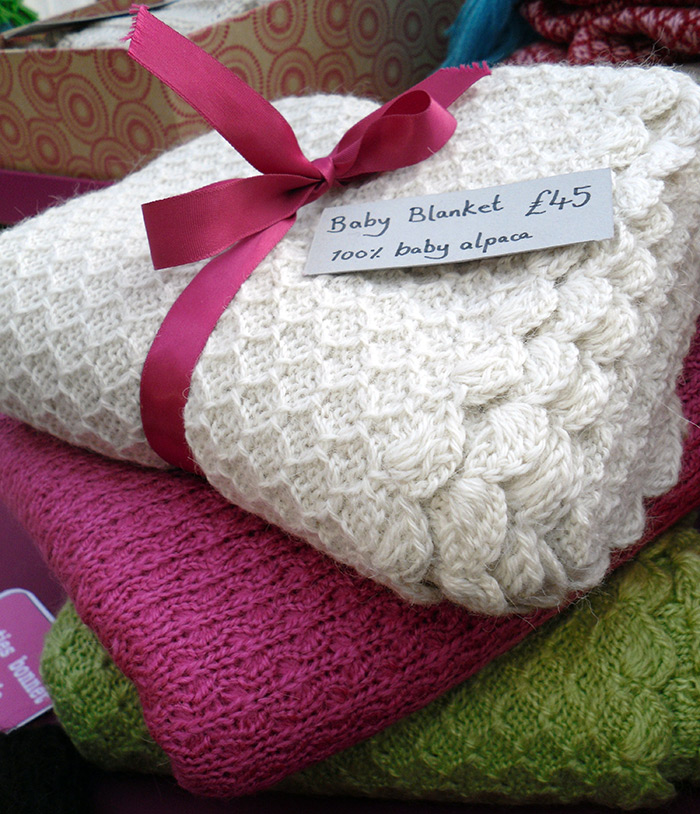
Alpaca wool types
Depending on the diameter, alpaca wool is divided into several types:
Royal alpaca - 19 microns
Baby alpaca - 22.5 microns
Very soft alpaca - 25.5 microns
Adult alpaca - 32 microns
Of all the types, the "Baby Alpaca" wool is considered the best.
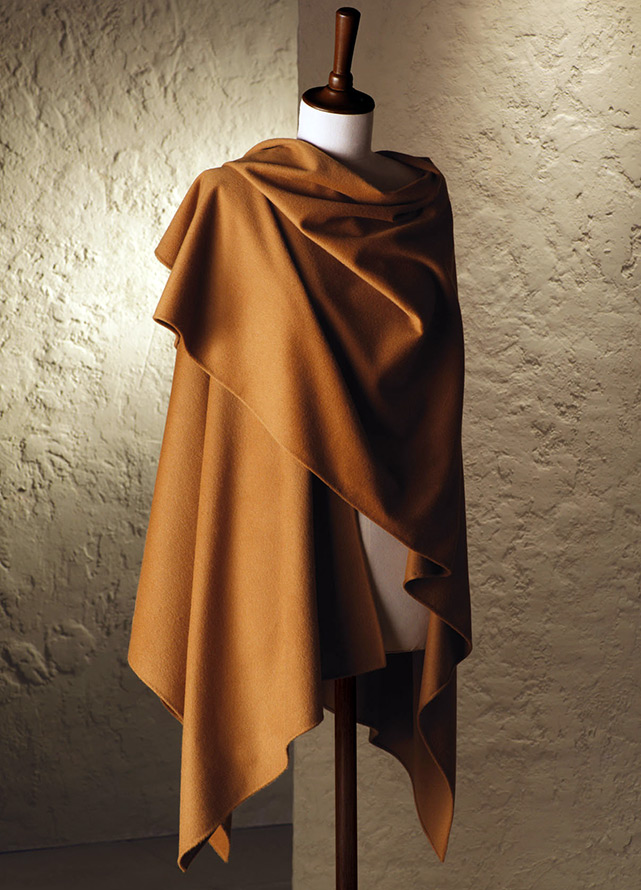
Alpaca Wool Care
How to store products? Some wool products do not tolerate mothballs, including alpaca, so use cedar to keep moths away. lavender or tobacco.
Washing wool or alpaca wool
Wash in cool water with special detergents. After washing, things should simply be squeezed in your hands, and not squeezed by twisting.Dry away from heating appliances, avoiding sunlight. Then lay the garments on a flat surface with a cloth, such as a terrycloth, underneath, giving it its natural shape, aligning the sleeves, side seams and other elements.
When the product is left in this position for a while, the remaining moisture will transfer from it to the towel. Then, in the same way, you can put this product on the same, but dry cloth. In this position, the product should dry completely. This will avoid deformation during drying.
You can iron if necessary. But this process should be performed even more carefully and through a damp cloth. To restore the lint, rub over the garment with a soft sponge or brush. Alpaca wool products can also be dry cleaned.
Alpaca wool for its excellent quality confirms the high price. Many sports firms also paid attention to this material. Due to its ability to thermoregulate, wool is used for sewing sportswear.
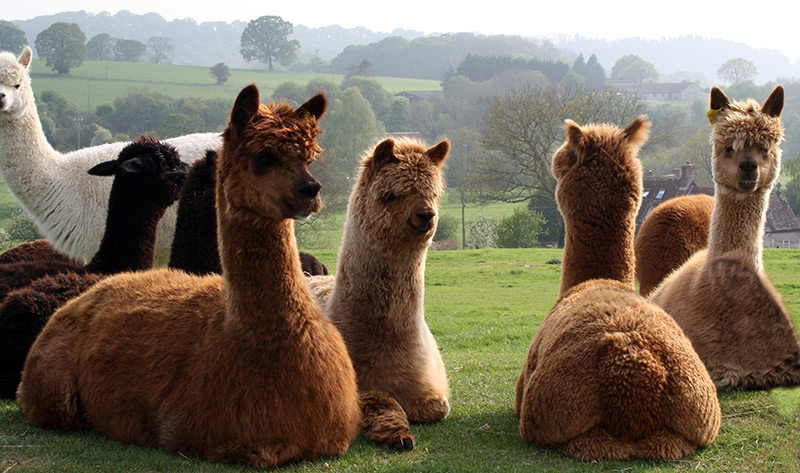
Comments and Reviews
Add a comment
Rating news
Shades of clothing that make women look younger
What shades of hair make women younger: rules and photos
Funny wedding dresses - photos and ideas
12 most expensive down jackets for the winter
How to look 25 at 40: tips from supermodels
Beautiful schoolgirls
Anti-aging haircuts and hairstyles for women
Fashionable skirts for autumn and winter
Fashionable women's trousers for the cold season
Fashionable and stylish sandals for summer 2024
Spring-summer 2024
 Fashionable dresses and tops with thin spaghetti straps
Fashionable dresses and tops with thin spaghetti straps
 Bandana tops: how to wear stylishly and beautifully
Bandana tops: how to wear stylishly and beautifully
 How to put together the perfect men's wardrobe for the summer
How to put together the perfect men's wardrobe for the summer
 Fashionable shorts for spring-summer 2024
Fashionable shorts for spring-summer 2024
 Fashionable skirts for spring-summer 2024: a guide to online shopping
Fashionable skirts for spring-summer 2024: a guide to online shopping
 The most fashionable dresses spring-summer 2024: styles and colors
The most fashionable dresses spring-summer 2024: styles and colors
 Fashionable total look 2024: ideas of images and trends
Fashionable total look 2024: ideas of images and trends
